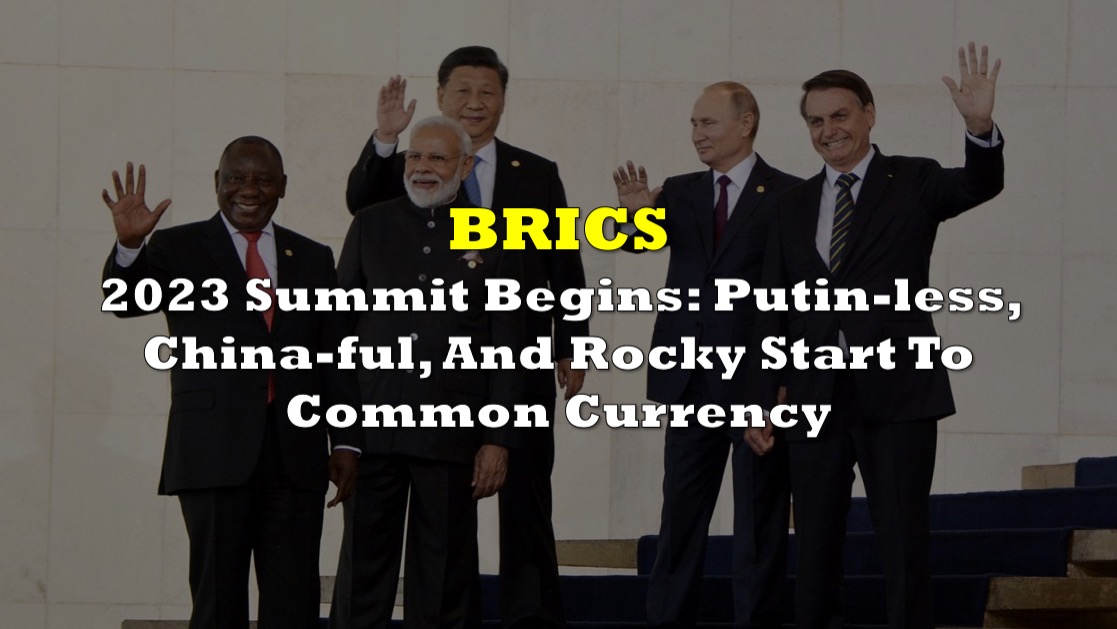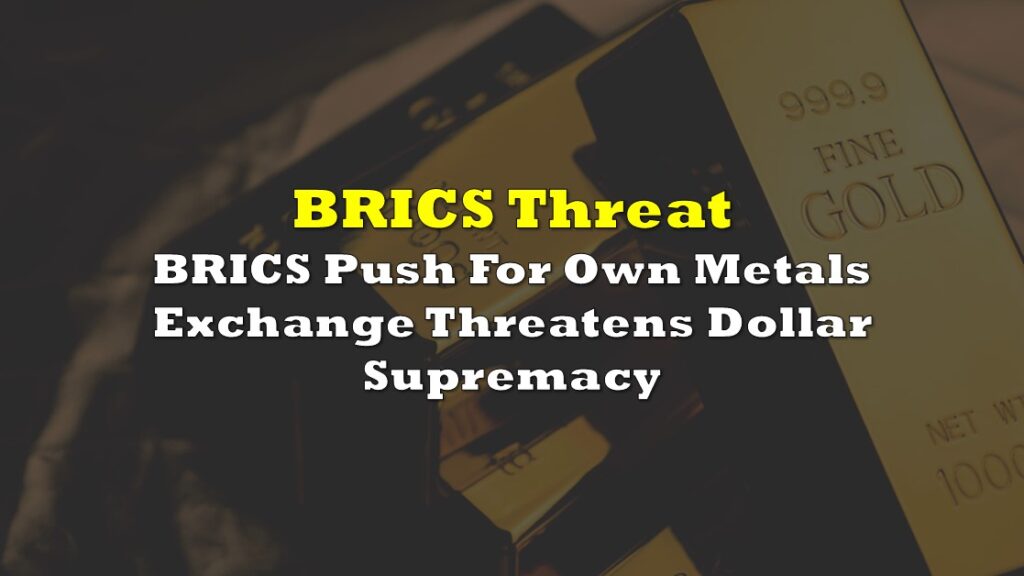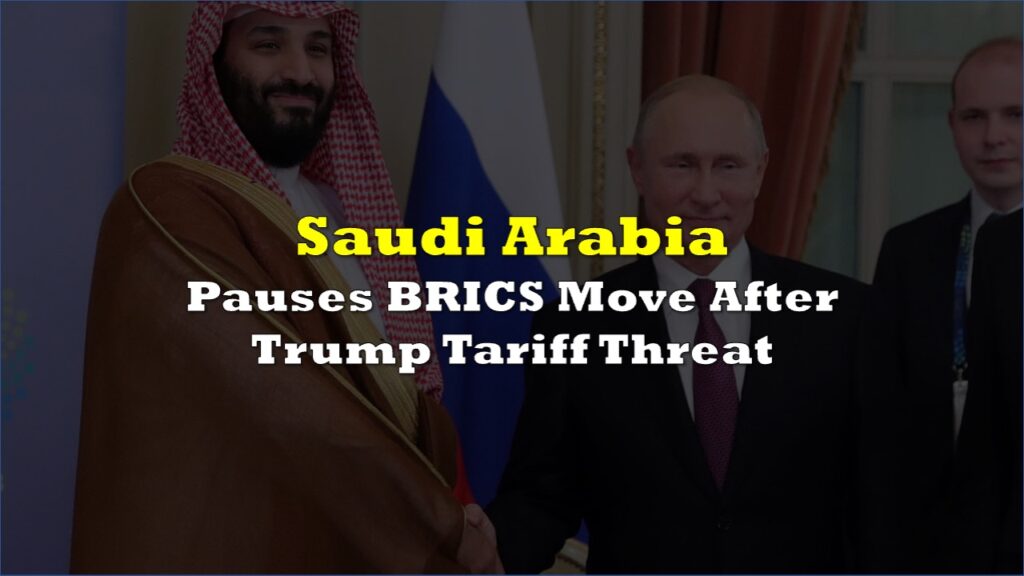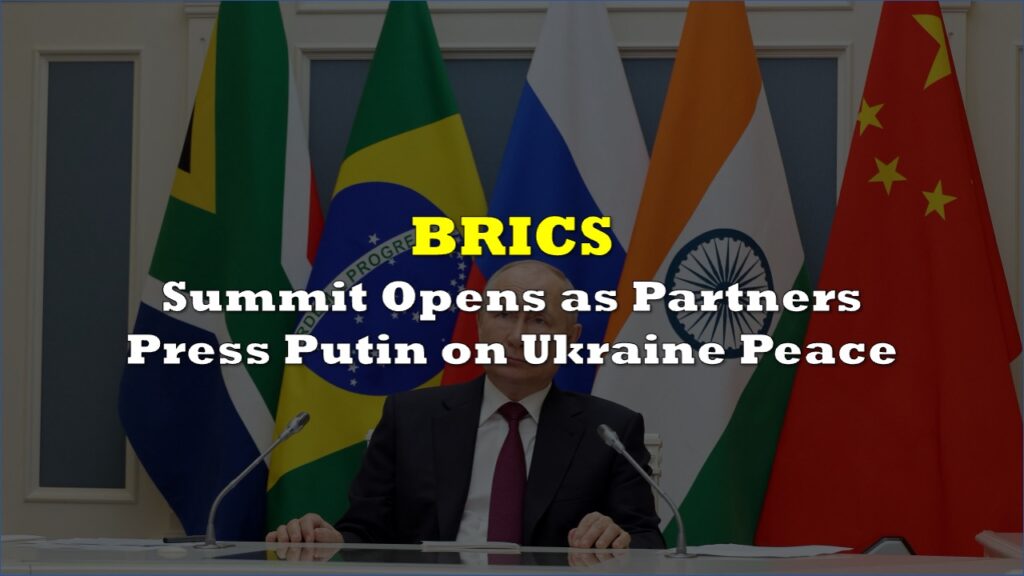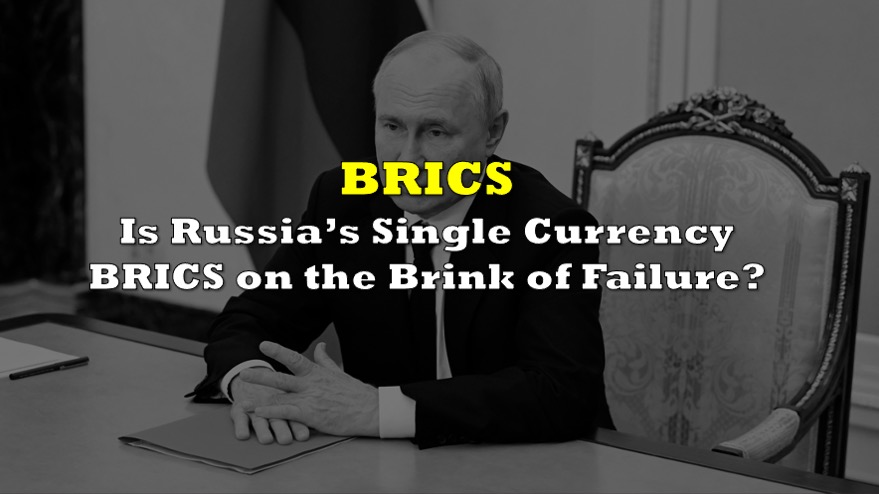The BRICS international summit in South Africa this week is attracting significant attention from nations seeking an alternative to Western-dominated alliances.
Over 40 countries are actively considering joining forces with Brazil, Russia, India, China, and South Africa in the BRICS bloc, a formidable contender to established Western-led international coalitions. According to a recent report by Reuters, South African officials have revealed that these countries are seeking an alternative path to global cooperation.
The 15th BRICS bloc summit is being hosted by South Africa in Johannesburg from Tuesday to Thursday. One of the central topics of discussion during this summit is the expansion of the alliance to include new members. This will mark the inaugural in-person summit of BRICS, including Brazil, Russia, India, China, and South Africa, since 2019.
Among the countries expressing keen interest, close to two dozen have formally submitted requests to be part of this coalition, which represents an impressive 25% of the world’s GDP, as reported by Reuters.
Although South Africa has not yet unveiled the list of prospective new members, notable nations in consideration include the heavily sanctioned Iran and Venezuela, Indonesia – Southeast Asia’s economic powerhouse, Saudi Arabia, and the United Arab Emirates.
“The objective necessity for a grouping like BRICS has never been larger,” remarked Rob Davies, South Africa’s former trade minister, in an interview with Reuters. He highlighted the limitations of multilateral bodies in achieving fair and inclusive outcomes.
Nonetheless, the BRICS alliance faces its own set of challenges, including the ongoing competition between China and India, China’s economic deceleration, and Russia’s involvement in the Ukrainian conflict.
No Putin
In an intriguing turn, Russian President Vladimir Putin’s absence from the BRICS summit is noteworthy. South Africa, a member of the International Criminal Court and holder of a warrant for Putin, would be obliged to arrest him if he attended the event in person.
Moreover, the BRICS coalition lacks an undisputed leader, a characteristic that sets it apart from its Western-led counterpart, the G7.
In July, South African President Cyril Ramaphosa warned that any attempt to arrest Putin should he attend the BRICS summit would be tantamount to declaring war with Russia.
Xi-Modi standoff
India’s Foreign Secretary Vinay Kwatra revealed yesterday that discussions about a potential meeting between Indian Prime Minister Narendra Modi and Chinese President Xi Jinping on the sidelines of the event are still in the works.
“We have a positive intent and an open mind when it comes to BRICS expansion,” Kwatra said.
In his departure statement, Modi expressed appreciation for BRICS to “identify future areas of cooperation”.
“We value that BRICS has become a platform for discussing and deliberating on issues of concern for the entire Global South,” he added.
The persisting standoff between Indian and Chinese troops in eastern Ladakh has entered its fourth year, even as both sides have successfully implemented disengagement measures at several points following extensive diplomatic and military discussions. A recent round of high-level talks, characterized as “positive, constructive, and in-depth,” aimed at resolving remaining issues, highlighting the ongoing diplomatic efforts between the two nations.
Notably, India’s National Security Advisor Ajit Doval engaged in discussions with Chinese Foreign Minister Wang Yi during a BRICS nations meeting in Johannesburg last month. Doval stressed the importance of sustained efforts to fully resolve the border situation and restore tranquility in the affected regions, underlining India’s commitment to peace along the border.
Tensions between India and China escalated significantly following a fierce clash in the Galwan Valley in June 2020, marking one of the most severe military confrontations in decades. Subsequent military and diplomatic dialogues led to the completion of disengagement processes in 2021 at key locations, including the Pangong lake’s north and south banks and the Gogra area. India maintains that peaceful border areas are essential for normalizing relations with China.
Should a bilateral meeting between Modi and Xi come to fruition, it would mark their first face-to-face encounter since the border standoff began in May 2020. The two leaders briefly interacted in November last year during the G20 dinner hosted by Indonesian President Joko Widodo in Bali. This potential meeting carries significance in the context of the ongoing border situation and diplomatic developments between India and China.
BRICS currency?
In Johannesburg, the global economy’s dependence on the U.S. dollar is expected to take center stage as a major topic of discussion. While not formally on the summit’s agenda, the notion of “de-dollarization” has gained traction among BRICS advocates.
Some propose the idea of a new currency supported by the BRICS alliance to challenge the dominance of the U.S. dollar. However, the feasibility of creating such a currency remains uncertain, leading the summit to pivot towards exploring avenues for bolstering the use of local currencies in intra-bloc trade. Notably, nations facing dollar shortages, like Argentina, have begun adopting the Chinese yuan for specific transactions.
Brazilian President Luiz Inácio “Lula” da Silva questioned the need for the dollar in trade between countries like Brazil, China, and Argentina. He emphasized the potential of trading in national currencies and highlighted the BRICS bank’s role as a fairer alternative to institutions like the International Monetary Fund (IMF), which he believes often exacerbates economic issues. He urged for the BRICS bank to be a force for rescuing economies, contrasting with the IMF’s historical role.
The New Development Bank (NDB), established by the BRICS nations as a significant accomplishment, plans to introduce its inaugural Indian rupee bond by October. This move comes as the bank faces pressure to raise funds and extend loans in local currencies. After issuing its first bond denominated in South African rand, the NDB contemplates issuing bonds in Brazil, Russia, and the United Arab Emirates. The bank’s goal is to increase local currency lending from approximately 22% to 30% by 2026, with a focus on funding projects in currencies of member nations.
Vladimir Kazbekov, the NDB’s Chief Operating Officer, indicated the bank’s intent to tap into the Indian market using rupees. Additionally, he hinted at the possibility of financing projects using one member country’s currency within another member country, signaling a move away from relying on the U.S. dollar for funding.
While the idea of a common currency among BRICS nations has been discussed by notable figures like da Silva and Russian Foreign Minister Sergey Lavrov, the focus of the BRICS deliberations remains centered on enhancing trade using individual national currencies. Contrary to such discussions, S. Jaishankar, India’s External Affairs Minister, clarified that there has been no formal discourse on a common BRICS currency.
“The substantive part of trade and economic exchanges and discussions that have been a part of BRICS discussions, have so far, in a major way, focused on how to increase trade in respective national currencies which… is considerably different from a common currency concept,” Kwatra also said.
The term “BRIC” was originally coined by former Goldman Sachs economist Jim O’Neill in 2001. The alliance was formally established in 2009, with South Africa joining in 2011 to create the acronym “BRICS.” However, in the past decade, the coalition has experienced a period of uncertainty. The economies of its member nations have demonstrated varying levels of performance, and internal disagreements have arisen from time to time. Notably, India and China engaged in a violent clash along their disputed and challenging border.
The group’s accomplishments include the establishment of the NDB headquartered in Shanghai in 2015. To date, the bank has approved an impressive $32.8 billion in financing for 96 developmental projects across member countries.
Alongside its expansion goals, the summit will also delve into the topic of de-dollarization, emphasizing the importance of bolstering local currency trade.
Information for this briefing was found via the Business Insider, Washington Post, Reuters, Mint, NDTV, and the sources mentioned. The author has no securities or affiliations related to this organization. Not a recommendation to buy or sell. Always do additional research and consult a professional before purchasing a security. The author holds no licenses.

